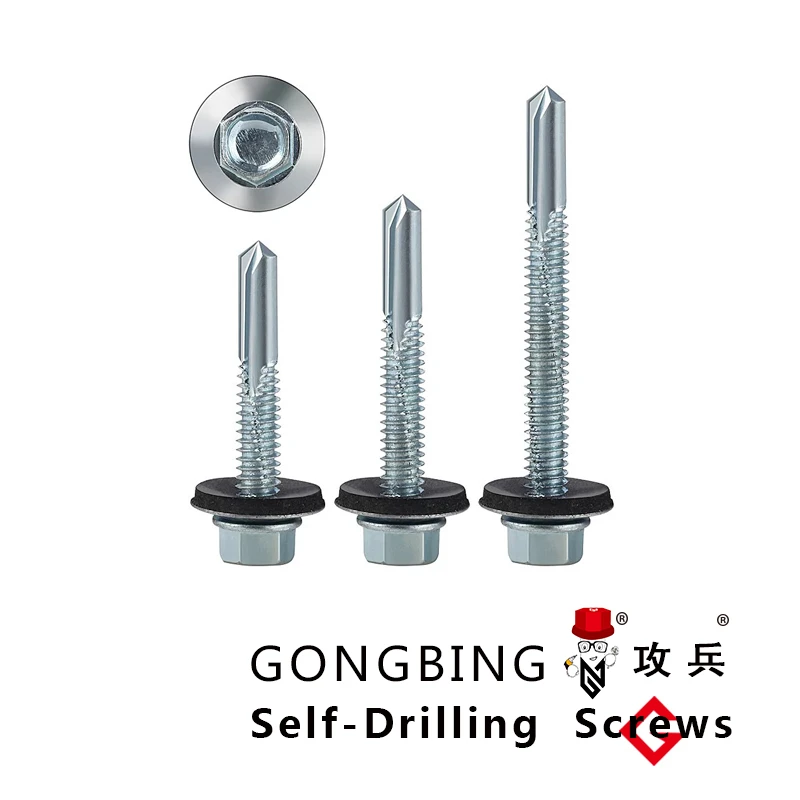steel stud bracing
The Importance of Steel Stud Bracing in Modern Construction
Steel stud bracing has emerged as an essential component in modern construction, especially in the construction of commercial and residential buildings. This innovative technique enhances structural integrity and offers various advantages over traditional building methods. In this article, we will explore the definition of steel stud bracing, its applications, benefits, and some best practices for implementation.
What is Steel Stud Bracing?
Steel stud bracing involves using steel studs as structural elements that help provide lateral support to walls, roofs, and other structural components. Unlike conventional wood framing, steel studs are made from galvanized steel, making them resilient against environmental factors such as pests, fire, and moisture. The bracing is achieved by strategically placing diagonal steel members between vertical studs or within wall assemblies. This approach not only reinforces the structure but also enables the walls to withstand various forces, including wind loads and seismic activity.
Applications of Steel Stud Bracing
Steel stud bracing is extensively used in a variety of construction projects, including
1. Commercial Buildings In high-rise buildings and large commercial structures, where wind pressures and seismic forces are significant, steel stud bracing provides the necessary stability. 2. Residential Construction Increasingly, residential builders are recognizing the benefits of steel framing and bracing, particularly in regions prone to earthquakes or severe weather. 3. Industrial Structures Factories and warehouses often utilize steel stud bracing to enhance load-bearing capabilities while maintaining open floor plans.
4. Partition Walls In interior spaces, steel stud bracing can be used to create non-load-bearing walls that still provide aesthetic appeal and functional integrity.
Benefits of Steel Stud Bracing
1. Strength and Durability Steel studs provide greater strength than traditional wood framing, making them ideal for resisting heavy loads and dynamic forces. They are also less susceptible to warping, splitting, or rotting.
2. Fire Resistance Steel is naturally non-combustible, which can enhance the fire safety of a building. In areas prone to wildfires or where building codes demand higher fire resistance, steel stud bracing is a superior choice.
3. Lightweight Steel studs are lighter than wood, which can lead to reduced shipping costs and easier handling on-site. This lightweight nature makes them easy to transport and install.
steel stud bracing

4. Sustainability Steel is a recyclable material, and using it in construction can contribute to sustainable building practices. Additionally, steel frames can often be prefabricated, reducing waste and construction time.
5. Versatility Steel stud bracing can be used in various applications and can be adapted for different design requirements. Whether for residential buildings or large-scale commercial projects, steel stud systems offer flexibility.
Best Practices for Implementation
While the advantages of steel stud bracing are numerous, successful implementation requires careful planning and execution. Here are some best practices to consider
1. Proper Design and Engineering Engage with structural engineers to ensure that the bracing system is designed to handle the specific loads and environmental conditions of the site.
2. Quality Materials Choose high-quality galvanized steel to reduce corrosion risk and enhance durability. Ensure that all materials comply with relevant building codes and standards.
3. Installation Techniques Follow strict guidelines during installation to maintain the integrity of the bracing system. Use appropriate tools and techniques to fasten and secure the bracing elements.
4. Regular Inspections Conduct periodic inspections during construction and after project completion to identify and address any issues that may arise over time.
5. Training and Education Provide training for construction workers on the specific techniques and safety measures associated with steel stud bracing.
Conclusion
Steel stud bracing represents a significant advancement in construction techniques, offering enhanced strength, versatility, and sustainability. Its application in both commercial and residential projects ensures that buildings can withstand the rigors of nature while remaining safe and structurally sound. As the construction industry continues to evolve, embracing innovative solutions like steel stud bracing will be crucial in meeting the demands of modern architecture and engineering. By understanding its benefits and adhering to best practices, builders can create durable structures that stand the test of time.
-
Wedge Anchor Bolts: Secure Fastening SolutionsNachrichtAug.05,2025
-
Insulation Fixings: Secure and Durable SolutionsNachrichtAug.05,2025
-
Full Threaded Studs: Versatile Fastening SolutionsNachrichtAug.05,2025
-
Expanding Fasteners: Secure and Reliable SolutionsNachrichtAug.05,2025
-
Butterfly Toggle Anchors: Secure and Easy to UseNachrichtAug.05,2025
-
Bracing Solutions for Steel StructuresNachrichtAug.05,2025
